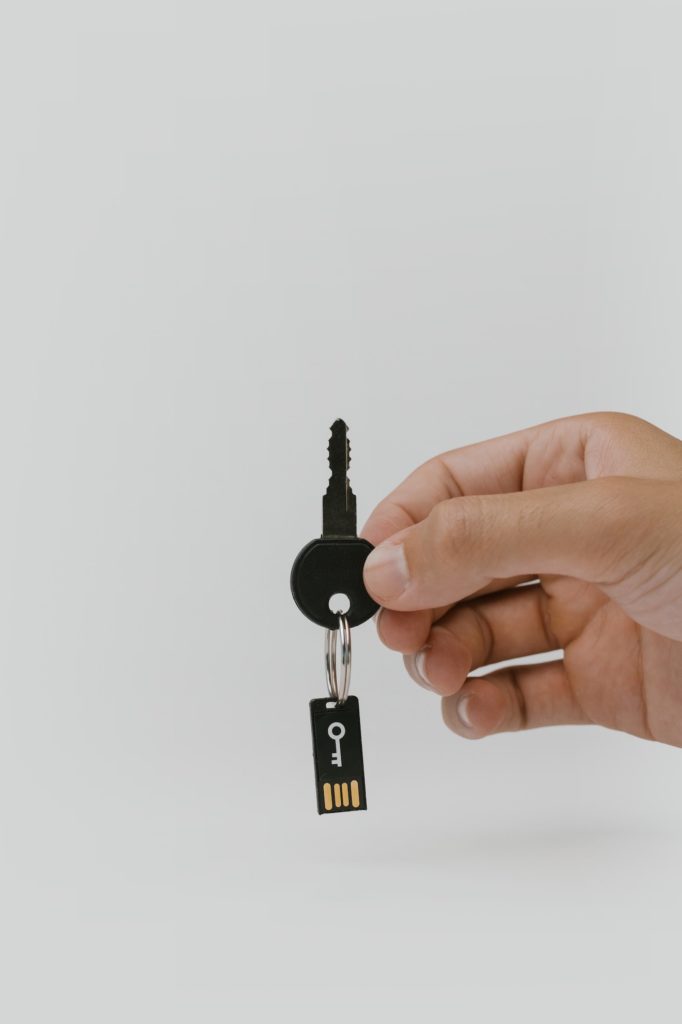ACCESS CONTROL SYSTEMS
Physical access control is a mechanical form and can be thought of physical access to a room with a key.
The line is often unclear whether or not an element can be considered a physical or a logical access control.
When physical access is controlled by software, the chip on an access card and an electric lock grants access through software (see checklist: An Agenda for Action for Evaluating Authentication and Access Control Software Products), which should be considered a logical access control.
That being said, incorporating biometrics adds another layer to gain entry into a room. This is considered a physical access control. Identity authentication is based on a person’s physical characteristics.

The most common physical access controls are used at hospitals, police stations, government offices, data centers, and any area that contains sensitive equipment and/or data.
That being said, incorporating biometrics adds another layer to gain entry into a room. This is considered a physical access control. Identity authentication is based on a person’s physical characteristics.

A significant element surrounding physical access controls as opposed to conventional security solutions is its capacity to capture multifaceted and detailed images of physical traits, encode such traits in files, and evaluate sets of data within seconds.
Homeowners are now considering this layer of security since loved ones and belongings are sacred, and this layer of security is not possible to forge. Physical access controls not only enhance security but also allow for efficiency, only requiring one form of authentication, a physical trait (fingerprint, retina, palm of hand). This eliminates the risk of a card being stolen or a PIN being hacked.

ACCESS CONTROL ELEMENTS
- Security staff
- The quality of lighting inside and outside the building
- The quality of the fence
- The massive doors at the entrances
- Locks on the doors
- Biometric solutions